|
After the grape harvest is before the grape harvest - the year in the vineyards
To have a successful grape harvest in September and October, winemaker has to cultivate and maintain his vineyards intensively in advance and recognize potential dangers for the vines and grapes at an early stage.
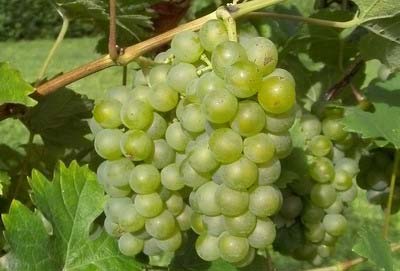
Directly after the grape harvest in late autumn the wine cellar is the place where the winemaker most likely can be found. On one hand the grape must is refined into wine and on the other hand, weather on the Moselle in late autumn is not always suitable for vineyard work. After a first frost phase, which causes the liquid to return from the vines to the trunk, winemaker can start the new working year in the vineyards with cutting back the vines at mild weather: the vines grown during the year and which became a massive foliage wall, are cut off from the trunk, crushed and later mulched to the ground. After this, only few selected, strong and healthy main vines remain on the massive trunk which is deeply rooted in the ground.
|
|
Next work step at the beginning of the new calendar year, ideally at weather with higher humidity that does not allow the vines to become brittle, the winemaker bends and ties the vines. With the basic structure of the vine produced in this way, the winemaker has a decisive influence on how many grapes the vines will bear in autumn: If several main vines are tied, the yield increases, as more grapes will be formed. Concurrently a lower quality of the grapes must be expected, since the available energy of the vine is distributed over more grapes. Even at this early point in winter, the winemaker uses his philosophy to decide whether he bets on quality or quantity for future vintage.
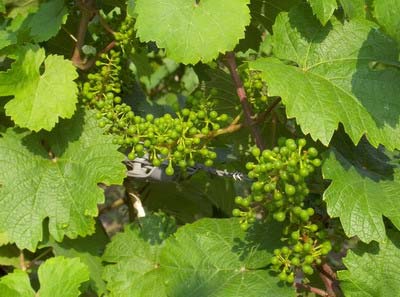
During spring and summer, the winemaker has to observe the vegetation in the vineyards and, if necessary, take targeted action: The growth of the vines is so strong after flowering in May and June that within a few days the vines grow above the height of the espalier and start swaying in the wind and threaten to break off. Through intensive foliage work the winemaker has to create a dense wall of leaves, which protects the grapes from sunburn in summer and autumn and still allows enough air circulation to dry the vines after rain showers.
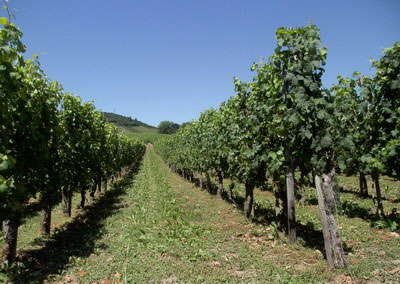
Like the vines, the desired and partially desired green grows on the ground, which can be fed into the ground as nutrients by mowing and mulching. Especially in unstable weather conditions with heavy rain, in the worst case hail, the vines are susceptible to diseases of all kinds, so that phytosanitary is essential to maintain the health of the vines and ensure the quality of the grapes at harvest.
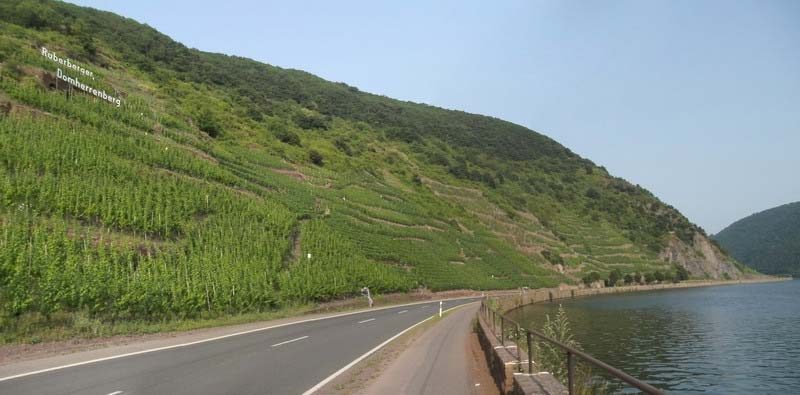
In midsummer and at the beginning of autumn, depending on the stage of development of the grapes, vines must be maintained by various tasks: If there is a vision for a successful grape harvest, winemaker is highly motivated when cutting the leaves and thinning out the vines, in which underdeveloped and excess grapes are cut off by hand to concentrate the quality of remaining gapes. The selection of the grapes reduces the amount of grapes at time of harvest, similar to the cutting back of the vines in winter. At same time the sugar content of the remaining grapes increases and the susceptibility to diseases is reduced, which results in a higher quality wine. These work steps are the last possibilities how the winemaker can influence the final grape development in the vineyards in his own way before the grape harvest in autumn.
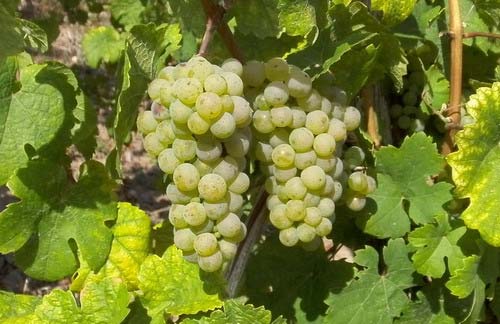
After that, the winegrower can only hope for good, especially dry weather, so that he can harvest healthy grapes with a high sugar content.
|